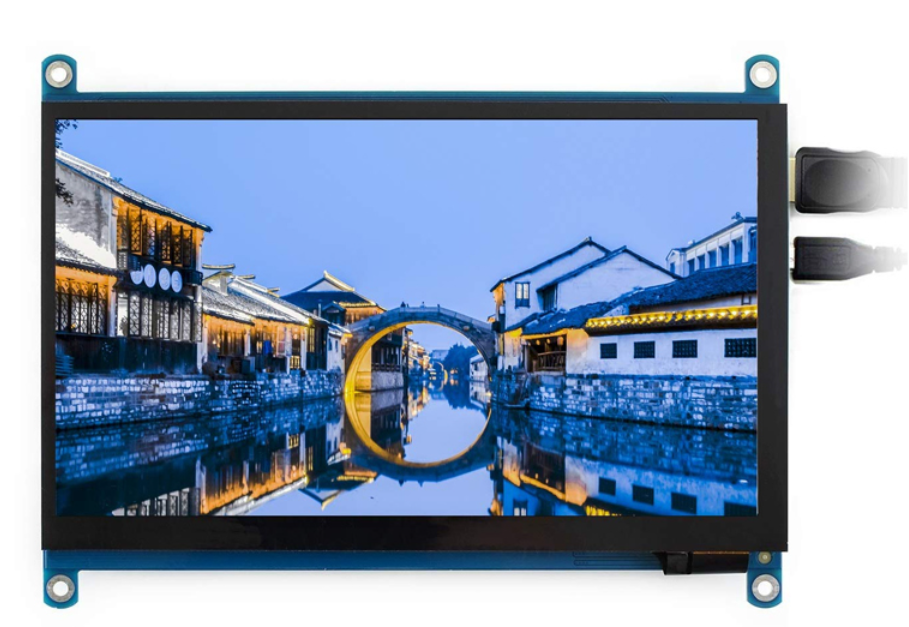
In today’s technology-driven world, selecting the right LCD Supplier is crucial for ensuring the success of your products. With a plethora of options available, making an informed choice can be daunting. This article aims to guide you through the evaluation process, highlighting key factors to consider when choosing an LCD supplier, particularly focusing on manufacturers like Rongen Display, a professional LCD manufacturer with over ten years of experience in supplying LCD and touch bonding solutions.
Understanding Your Industry Requirements
Before diving into the evaluation of potential suppliers, it’s vital to clearly understand your specific industry requirements. Different sectors such as medical devices, automotive, handheld terminals, and HMI (Human-Machine Interface) may have distinct needs.
Identify Key Specifications
- Display Size and Resolution: Determine the size and resolution needed for your applications. Higher resolutions may be necessary for medical devices where precision is critical.
- Brightness and Contrast Ratios: Depending on your product’s usage environment, you might need displays with higher brightness and contrast ratios.
- Touch Functionality: Decide if touch functionality is required. This leads to the consideration of the touch screen controller board specifications for optimal performance.
Compliance and Certification
Ensure that the LCD supplier adheres to industry standards and certifications relevant to your sector. For instance, medical devices may require compliance with FDA regulations, while automotive applications might need ISO certifications.
Evaluating Potential Suppliers
Once you’ve established your requirements, the next step is to evaluate potential LCD suppliers based on several critical factors:
1. Experience and Expertise
A supplier’s experience can greatly influence the quality and reliability of their products. Look for suppliers like Rongen Display, which have a proven track record in the industry. A manufacturer with over ten years of experience can offer valuable insights and solutions tailored to your needs.
2. Product Range and Customization
Assess the product range offered by the supplier. Can they provide a variety of customized color LCD modules that fit your specific needs? A supplier that specializes in tailored solutions is often better equipped to meet your requirements.
3. Quality Assurance Processes
Inquire about the quality assurance processes in place. A reputable LCD supplier should have stringent testing protocols to ensure their products meet high standards. Request information on their quality control measures and any certifications they possess.
4. Technical Support and After-Sales Service
Effective technical support can make a significant difference in the overall partnership with your supplier. Ensure that they provide adequate after-sales service, including support for installation, troubleshooting, and maintenance of the touch screen controller board and other components.
5. Lead Times and Delivery
Timely delivery is essential for maintaining your production schedule. Ask potential suppliers about their lead times and delivery capabilities. Suppliers like Rongen Display that offer efficient shipping solutions can help prevent delays in your supply chain.
6. Cost Competitiveness
While price shouldn’t be the only factor in your decision, it’s essential to consider the cost of the LCD modules. Compare pricing among suppliers while taking into account the quality and service levels they provide. Look for suppliers who offer high-value OEM solutions, ensuring that you get the best return on your investment.
Building a Long-Term Relationship
Choosing the right LCD supplier is not just about the initial purchase; it’s about establishing a long-term partnership. Consider the following steps to foster a successful relationship:
1. Open Communication
Maintain open lines of communication with your supplier. Regularly discuss your needs and any changes in your production plans to ensure they can adjust their services accordingly.
2. Collaborative Problem Solving
When issues arise, work collaboratively with your supplier to find solutions. A partner that values your input can help create a more efficient and effective working relationship.
3. Feedback and Improvement
Provide feedback on the products and services received. Suppliers who are willing to learn and adapt based on customer input are often the best partners.
Conclusion
Evaluating and choosing the right LCD supplier for your industry requirements is a crucial decision that can impact your product’s success. By understanding your specific needs, thoroughly evaluating potential suppliers, and fostering a long-term partnership, you can ensure that you select a supplier that meets your expectations.
With Rongen Display’s extensive experience and commitment to quality, you can trust them as a reliable partner in your pursuit of high-quality LCD and touch bonding solutions. For more information, visit Rongen Display.
Making the right choice will lead to successful product development and ultimately enhance your business’s reputation in the marketplace.